- | 8:00 am
Park this electric car in the sun and it uses solar to give itself an extra charge
You still need to plug in the new Sion, but the solar cells covering it mean you don’t need to plug it in nearly as often.
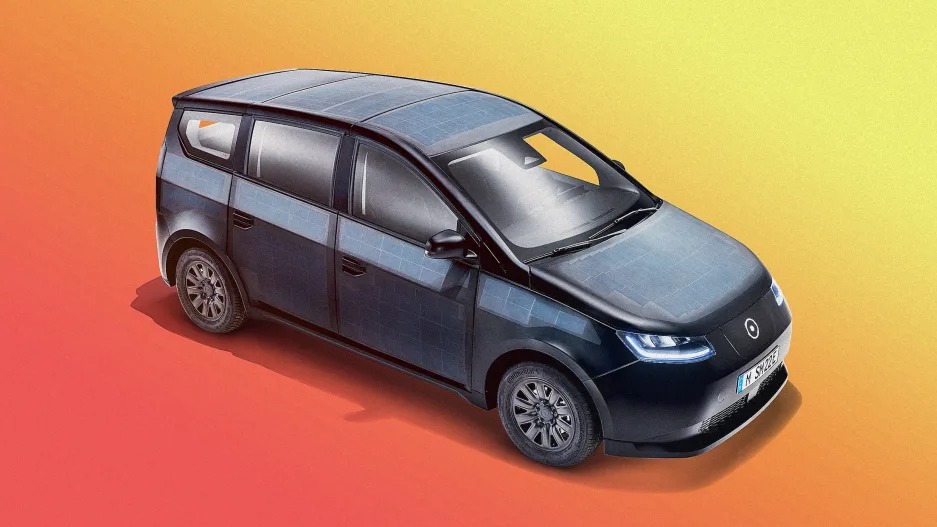
From a distance, the Sion looks like an ordinary black car. But when you walk closer to the new electric car from the Germany-based startup Sono Motors, you might notice solar cells covering the doors, hood, roof, and the rest of the surface—456 solar half-cells, to be exact.

When it’s parked on the street, the car can help charge itself, and drivers can plug in the car four times less often than they otherwise would, saving money and time. For cars “Solar makes sense,” says cofounder and CEO Laurin Hahn. “It’s convenient, and it makes your life easier.”
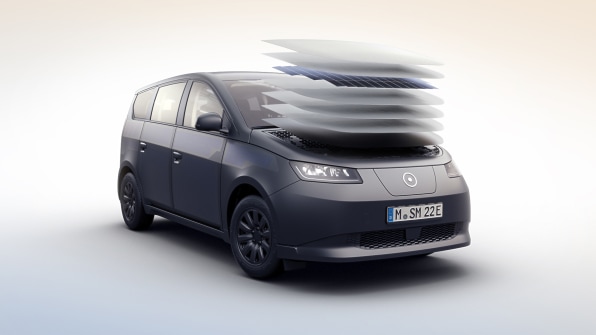
Hahn and cofounder Jona Christians started work on the car a decade ago. “[We] started in a small garage in Munich, having one vision: a world without fossil fuels,” Hahn says. Solar power, they realized, could help speed up adoption of electric cars. In Germany, as in many other European countries, most people rent apartments rather than owning homes. While a homeowner can plug in a car overnight to charge, using public chargers can be more of a hassle. But solar integrated into the car can significantly extend the range.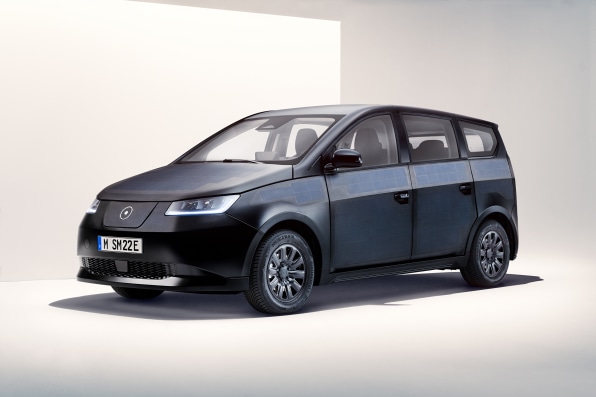
In an early experiment, they bought a cheap car on eBay, converted it to electric, and added solar power. Then years of development began. The company now has a production-ready design and is building vehicles for final testing, with production scheduled to start in the second half of 2023. The price is around $25,000. Another solar-powered EV, from Netherlands-based Lightyear, is 10 times more expensive, at around $250,000.
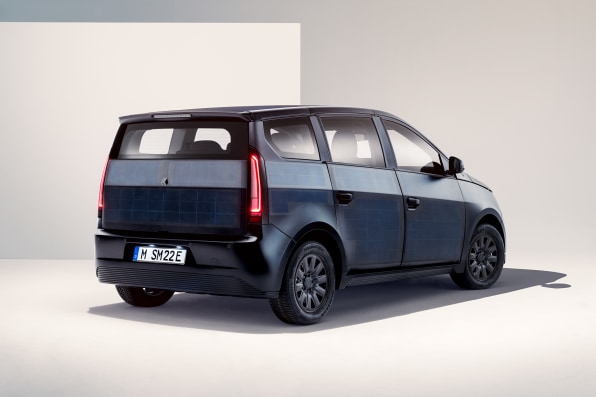
The car also has bidirectional charging, meaning that you can use it to charge electric equipment or plug it into a house to provide backup power. “This is a huge battery pack,” says Hahn. “You could basically run on it for several days, maybe even weeks, without any recharge.”Two trends made the car feasible now. “Solar technology got cheaper and more efficient over the last 10, 20 years—tremendously,” he says. “The second one is that the EV adoption rate highly picked up. Ten years ago, EVs weren’t cool. Now they are.”
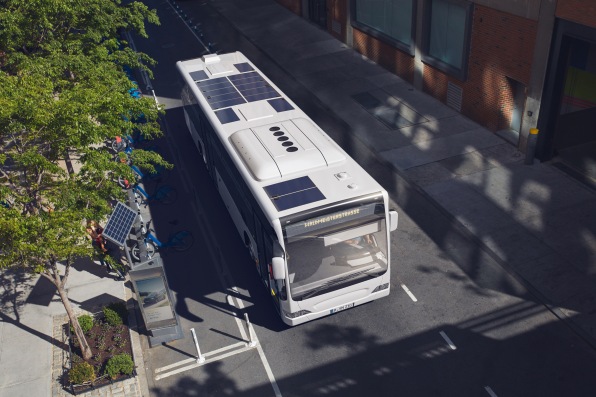
The company also makes a “solar bus kit” that can be used to retrofit diesel buses with around 85 square feet of solar panels on the roof. By using solar power to run air conditioning, lights, and other electrical systems, a bus can use less fuel, with each bus avoiding as much as 4 metric tons of CO2 emissions a year. Sono is also working with bus and truck manufacturers to integrate solar into new vehicles.






































